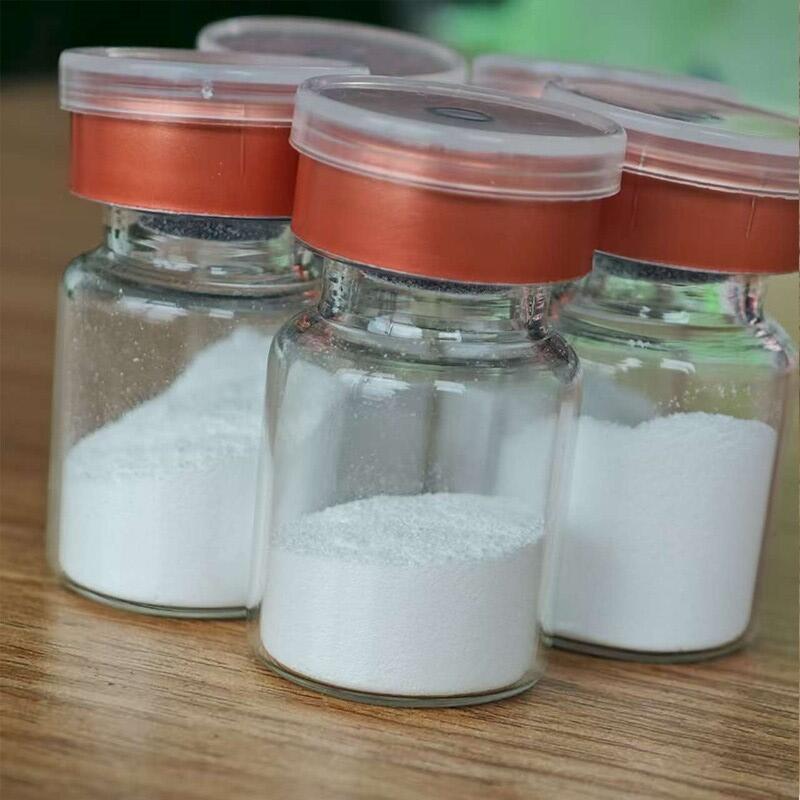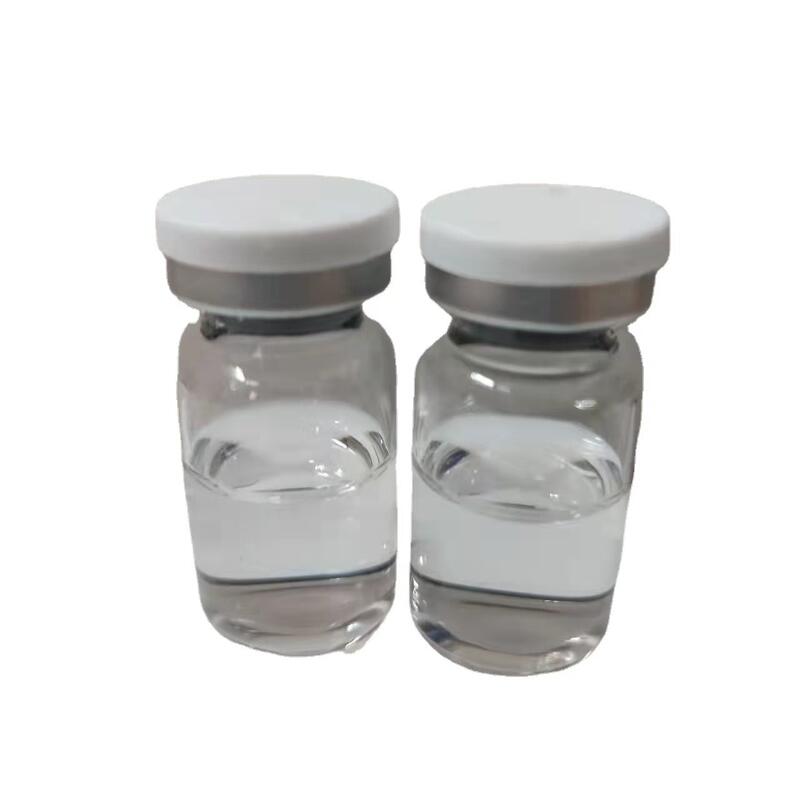-
Categories
-
Pharmaceutical Intermediates
-
Active Pharmaceutical Ingredients
-
Food Additives
- Industrial Coatings
- Agrochemicals
- Dyes and Pigments
- Surfactant
- Flavors and Fragrances
- Chemical Reagents
- Catalyst and Auxiliary
- Natural Products
- Inorganic Chemistry
-
Organic Chemistry
-
Biochemical Engineering
- Analytical Chemistry
-
Cosmetic Ingredient
- Water Treatment Chemical
-
Pharmaceutical Intermediates
Promotion
ECHEMI Mall
Wholesale
Weekly Price
Exhibition
News
-
Trade Service
Rasagiline, also known as 1-aminoindan sulfate, is a chemical compound commonly used in the chemical industry.
It is a derivative of indole, a naturally occurring compound found in many plants and animals.
Rasagiline has been studied for its potential medicinal properties, and it is also used as a chemical intermediate in the production of other compounds.
Rasagiline has a complex chemical structure, consisting of a benzindole core with a sulfate group attached to one of its nitrogen atoms.
The molecule also contains a secondary amine group, which is responsible for its pharmaceutical properties.
In the chemical industry, Rasagiline is used as a precursor to the synthesis of other chemicals.
One of the main applications of Rasagiline is in the production of dyes and pigments.
It is used as a starting material in the synthesis of a variety of colorants, including azo dyes, which are widely used in textile and paper industries.
Rasagiline is also used as a building block in the synthesis of other pharmaceuticals.
It has been studied for its potential anti-inflammatory, antioxidant, and neuroprotective properties, and it is being investigated as a potential treatment for neurodegenerative diseases such as Parkinson's disease.
The synthesis of Rasagiline typically involves a series of chemical reactions, including nitration, sulfonation, and aromatization.
The first step in the synthesis involves the reaction of indole with nitric acid to form the nitroindole intermediate.
This intermediate is then treated with a sulfuric acid solution to introduce the sulfonate group, followed by aromatization to form the final product.
The synthesis of Rasagiline is a complex process that requires careful control of the reaction conditions to ensure the quality of the final product.
The use of high-quality raw materials and the implementation of appropriate safety procedures are also critical to the successful synthesis of Rasagiline.
In addition to its uses in the chemical industry and pharmaceutical research, Rasagiline has also been studied for its potential environmental applications.
It has been proposed as a bioremediation agent, capable of breaking down pollutants such as polyaromatic hydrocarbons (PAHs) in contaminated soil and water.
Overall, Rasagiline is an important chemical compound with a wide range of applications in the chemical industry and beyond.
Its complex chemical structure and potential pharmaceutical properties make it an interesting target for further research and development.
As the demand for new and innovative chemical products continues to grow, it is likely that Rasagiline will continue to play an important role in the chemical industry.







